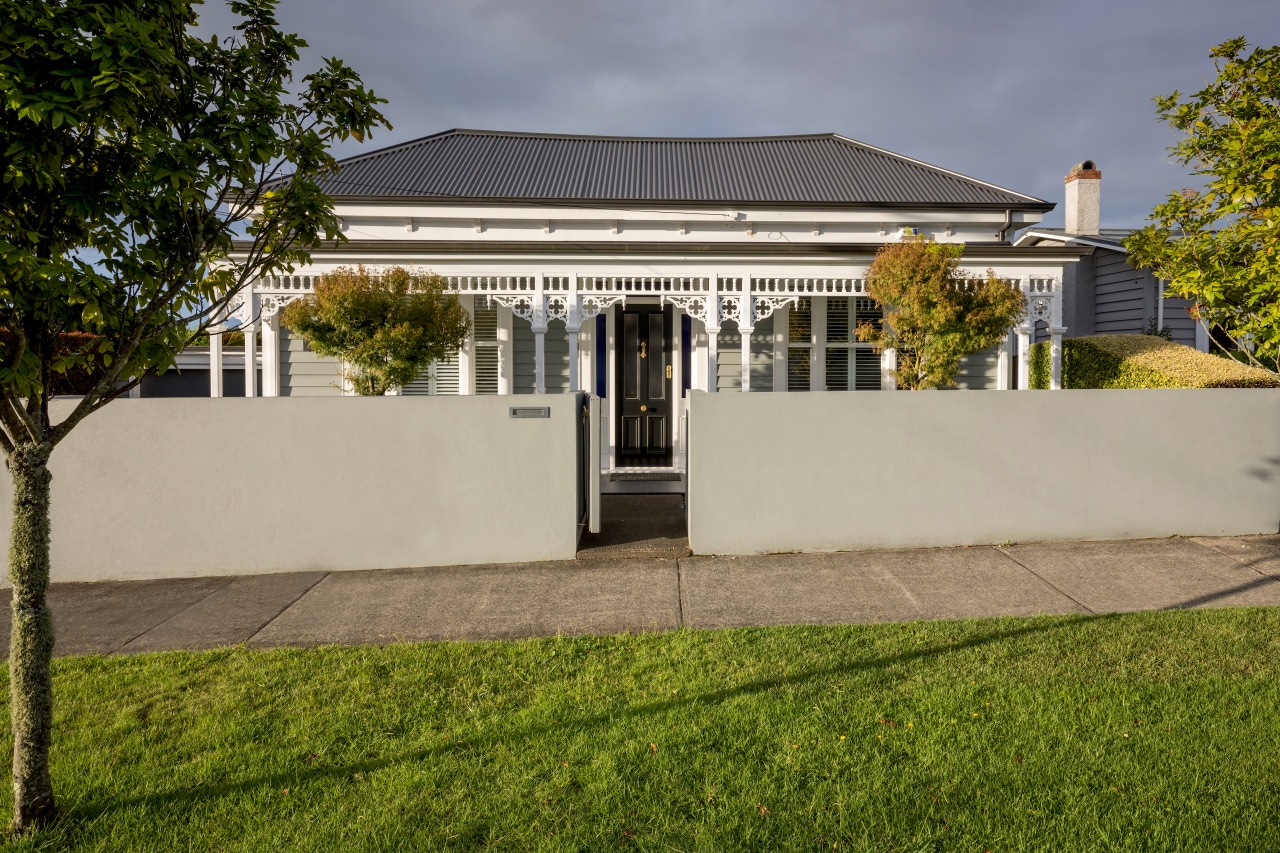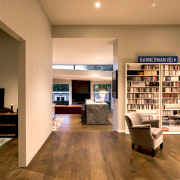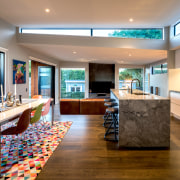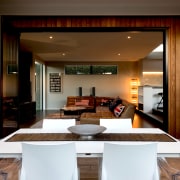Modern extension celebrates contrast with existing traditional villa
It's an age-old renovation/extension conundrum, do you blend your addition in or have it stand out in sharp contrast? The latter was the case on this project, where traditional cues weren't so much copied but rather acknowledged and reinterpreted for a more modern sensibility.

Designed by Creative Arch
From the architect:
The project
Located in a suburban area between Western Springs, Mt Albert, and Morningside, this project involves the renovation of a 1900s character villa, and the addition of a contemporary extension, to sit comfortably within the streetscape.
This home is situated on a street full of historic villas, says architect Mark McLeay of Creative Arch.
"The brief was to replace a recent small edition to the rear of the house with an expansive, open-plan extension that accommodates entertaining. The new addition incorporates living spaces, kitchen, scullery, and dining, and outdoor living."

The layout of the existing home was also party reconfigured to incorporate a new master bedroom complete with ensuite and elegant walk-in wardrobe, a new bathroom, sitting room, and a secret media room.
In order to retain the character of the neighbourhood, the façade to the street has been faithfully restored.

However, the approach taken in the design of the addition vastly contrasts this treatment.
The decision was made to treat the addition as a bold contrast to the existing villa, in order to celebrate the difference between heritage and contemporary.
To that end, materials were chosen for their contrast with the original bevel-back weatherboards.
Stained vertical cedar cladding sits against exposed shuttered concrete chimneys, steel posts, and black aluminium joinery. Internally, aspects of the villa are continued through and evolved, with high ceilings adjoining a pop-up roof over the kitchen, and a gently raking ceiling over the living space.
Design features and creative solutions
Overall, the choices made over the design process stem from not trying to replicate traditional forms, but by using them as a point of reference. Against a hip roof, a monopitch roof plane extends over the outdoor living space and frames the sky above.
Large panes of glazing open the way for light to flood into the interiors, in sharp contrast to the restrained fenestrations of the traditional villa.
Horizontal shuttering across concrete chimneys echoes the lines of the traditional weatherboard cladding.

The design responds to the gently sloping site through the gradual stepping down of the floor level, which in turn allowed the addition to function within tight height in relation to boundary restrictions.
The angle of the monopitch roof above was also carefully considered in order to minimise shading to the neighbouring properties.
A pop-up roof over the kitchen/dining space provides a transition between the high stud of the original home and the addition, and also serves to allow ample light into the space without affecting privacy between the neighbours.
Bifold doors out to the exterior deck give a sense of space and flow and a water feature provides tranquillity.
Wing walls extending into the deck align with the exterior building, referencing back to the original structure, and framing views to the garden through layers of openings. These garden views are enjoyed from within the media room, for which entry is hidden within interior feature panelling for maximum privacy.
Story by: Trendsideas
Photography by: Mark Scowen
Home kitchen bathroom commercial design














